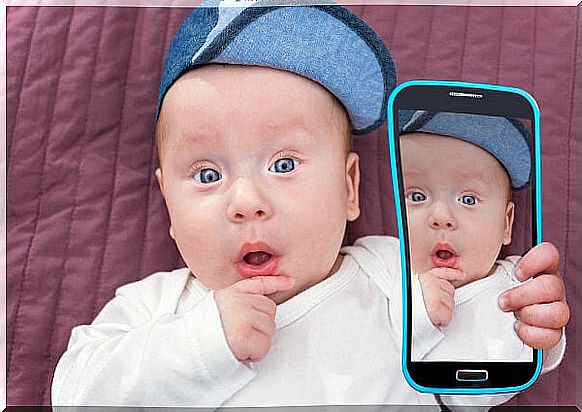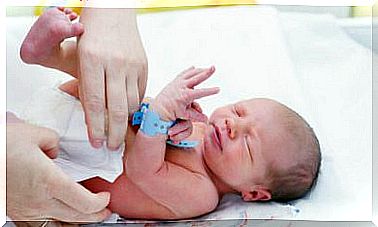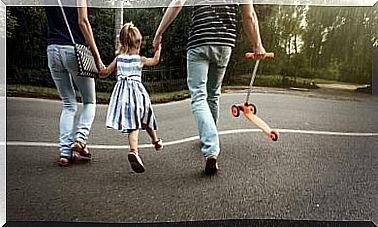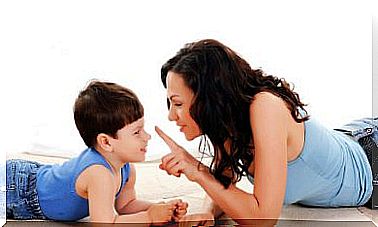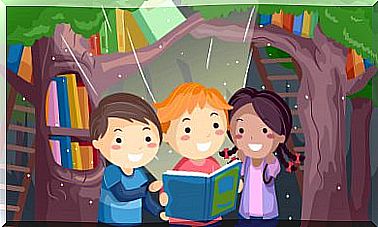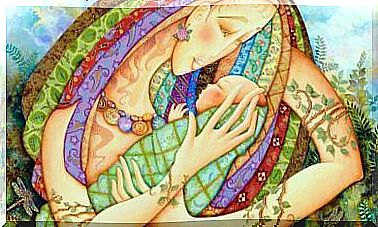4 Typical Childhood Collections
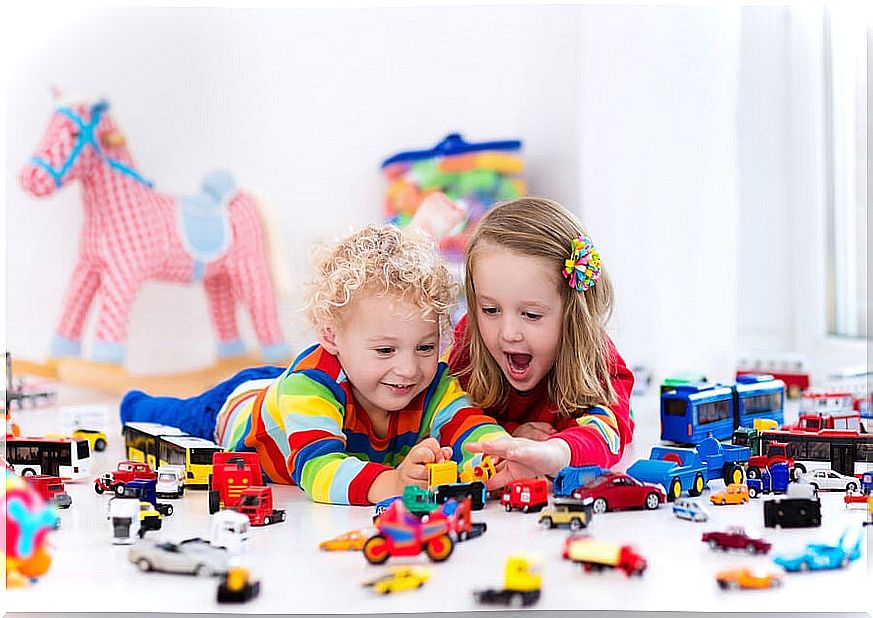
Finding old childhood objects in collectible form allows you to connect and travel to the past. In fact, collections have always had a special place for children and adults. Therefore, in this article we are going to review some of the typical childhood collections.
It is impossible not to remember those afternoons when you finished the endless compilations of stickers. Furthermore, typical childhood collections are remembered for life by people; they remain in the imaginary and persist because of the beautiful memory that accompanies them.
Children love to collect any type of object; in this sense, the school is an ideal platform for trade and barter of any kind.
Children who start any collection do so with a lot of passion and motivation. This activity in the children’s universe is ephemeral, passionate and includes play and manipulation of objects.
On the other hand, the collections represent indelible memories for the elderly. They bring with them a lot of nostalgia, which recalls the excellent moments lived during childhood.
These collections can be of all kinds, whether they are stickers, toys or objects of any kind. Therefore, below we are going to mention which are the most typical collections of childhood. Do you remember having any?
What are the typical collections from childhood?
1. Trading cards
The first of the typical childhood collections are the stickers, whether they are of football teams or of favorite animation characters. The options are endless and are highly motivating for kids. Do not forget that, deep down, it is a business, so you must teach your child to maintain responsible consumption.
You can even make the effort to go to markets to exchange the stickers and get the album completely filled. The sense of accomplishment that the little ones have when completing it is indescribable.
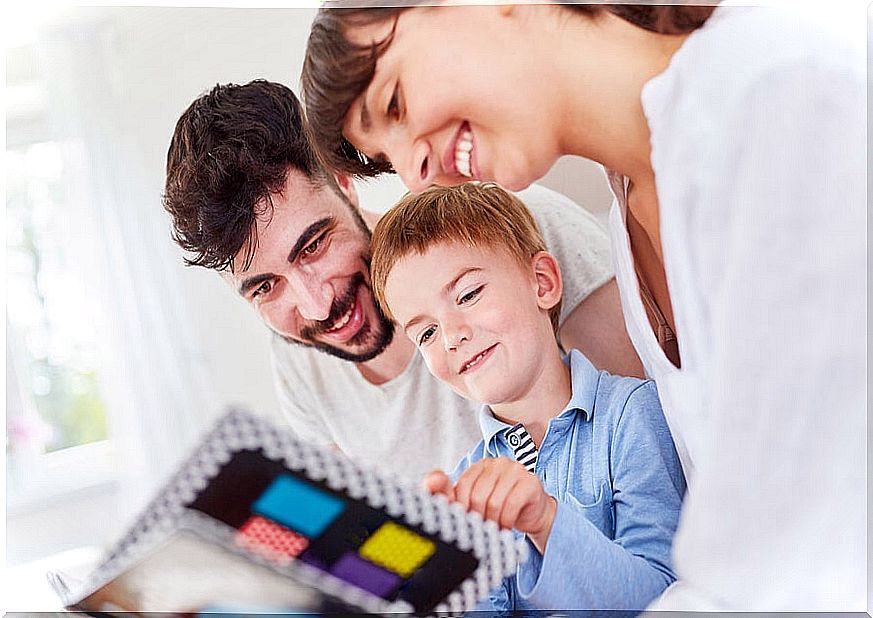
2. Toys
Second, you must take into consideration that all children love toys. Many children – the luckiest ones – even have many more than they need. For example, there are little ones who love dinosaurs and want to have all the models that exist on the market.
This is a way of collecting that starts from a very young age. In addition, it is an educational activity: it will allow them to learn much more information while having fun. However, most of these toys will fade into the background as the child grows older and discovers new interests.
3. Marbles
Marbles are small glass balls that foster skill and dexterity, while offering great times of group fun. In fact, they have accompanied children of all ages and have entertained the little ones during the playground.
The marbles that are repeated can be exchanged for other models. Among other things, they serve to learn how physics and gravity work.
As for the collection, you should know that there are many varieties to play marbles, but one of the most famous is a kind of alternative petanque. In this game, the participants must send their balls closer to a third.
As you can imagine, there are hundreds of marbles on the market, with different colors and designs. Each of them has a value and a visual effect, generally defined by children.
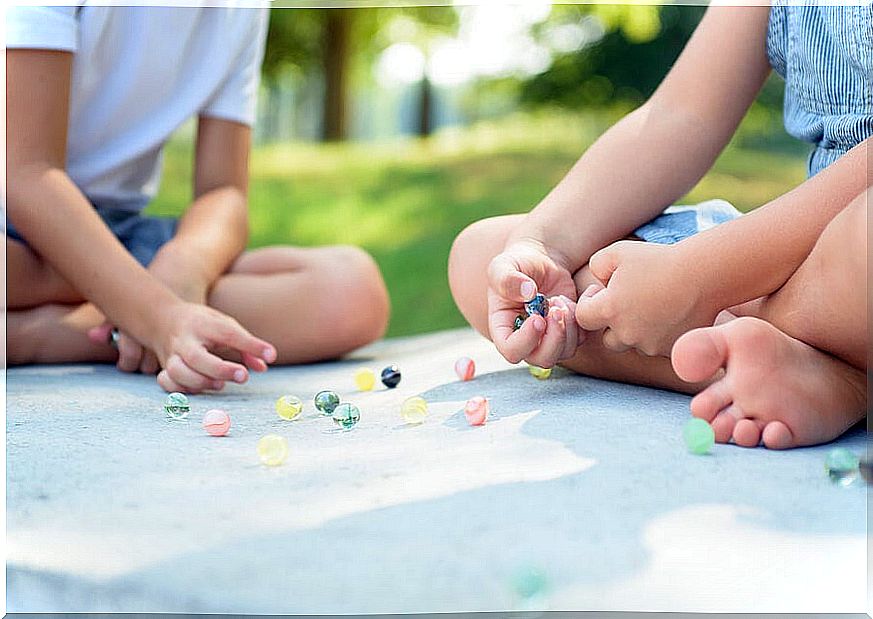
4. Tazos
Finally, we present to you one of the collections that has marked many children the most: the tazos. It is about circular figures with drawings of the most popular animation characters of the moment. Like marbles, the game options are limitless.
These cardboard discs offer many play possibilities. In most cases, it is played with two or more players, who must put the same number of tazos and place them in a pile.
Then they have to be thrown on the pile; the tazos that return to him will be recovered. Rather, the remaining cues are stacked back into play for the next player. The game ends when the pile of tazos is exhausted.
Before concluding, do not forget that an activity as innocent as a collection positions the child as an actor in society. Thus, you will develop a whole network of relationships and will have to make decisions to acquire or exchange pieces of your series.
As parents, it is not always easy to control children’s collections, as they often start without our knowledge. However, accompanying them in a process of reflection on what the act of collecting represents is really part of the mission.
